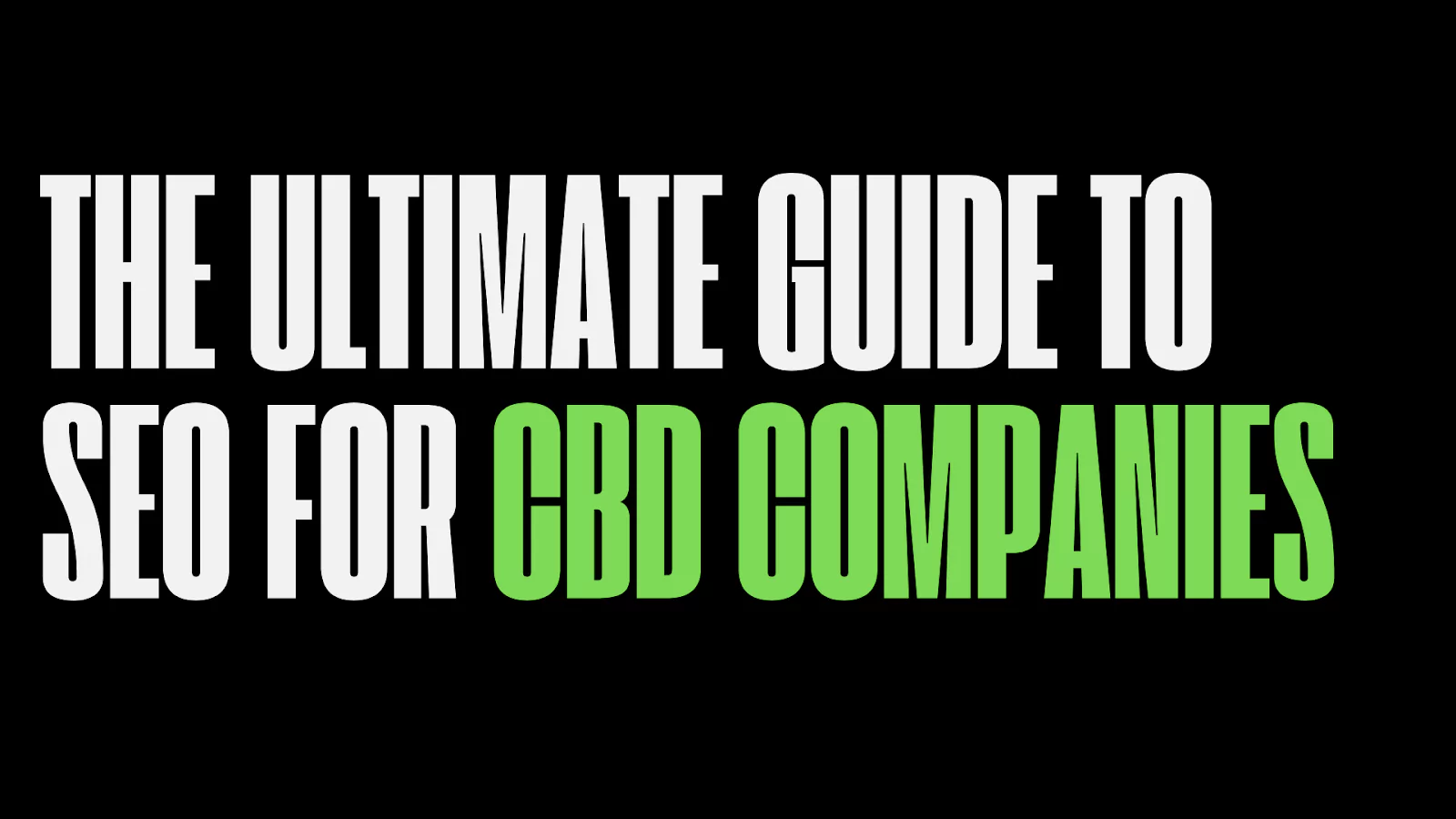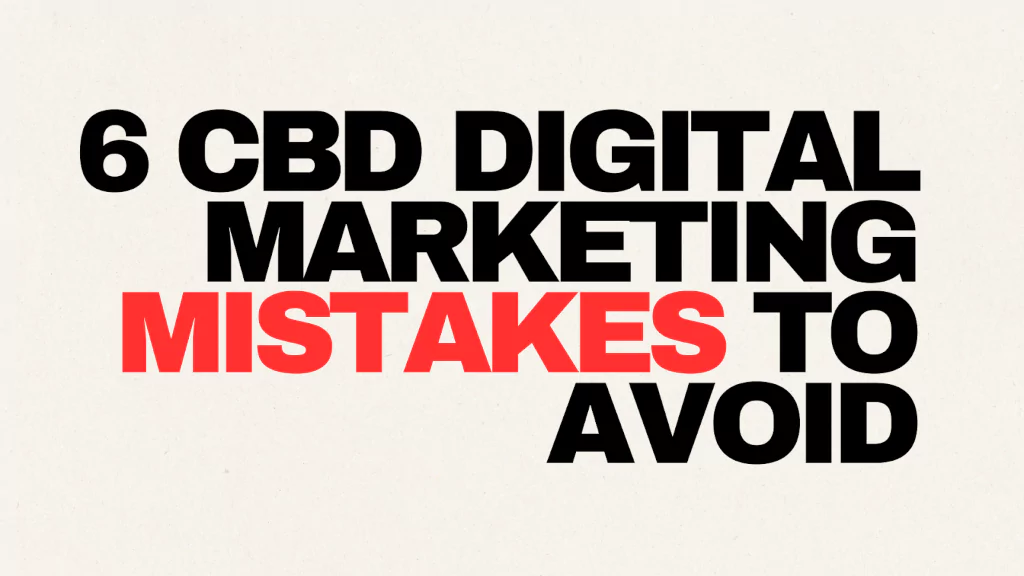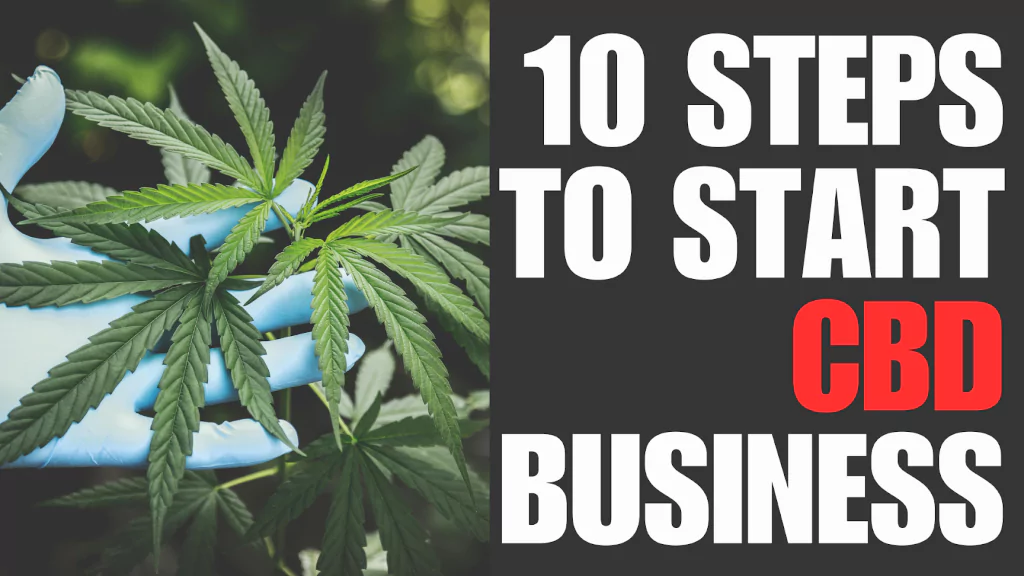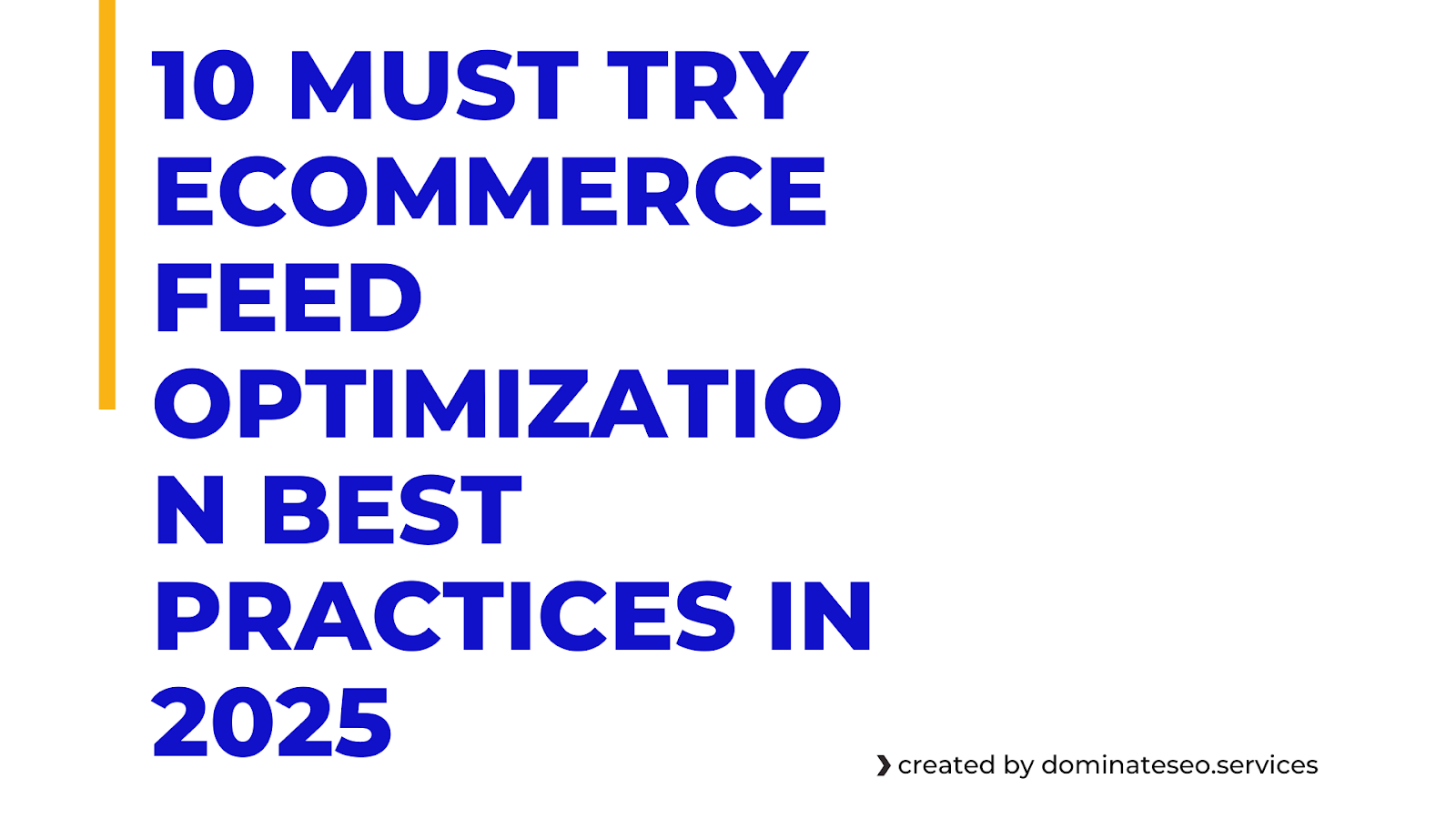
A complete guide to help eCommerce brands boost visibility, performance, and conversions through feed excellence.
📋Table of Contents
- Optimize Your Product Titles
- Use High-Quality Images
- Categorize According to Platform
- Rich Descriptions Matter
- Real-Time Inventory Sync
- Custom Labels Strategy
- Avoid Feed Errors
- Add Product Attributes
- Use Automation Tools
- Test and Improve
- Final Thoughts
- FAQ
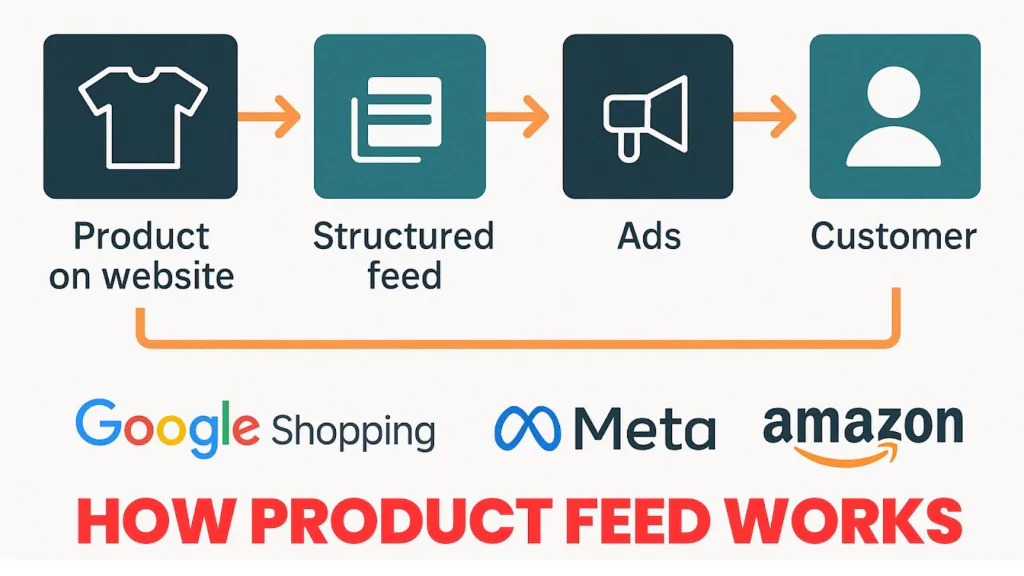
1. Optimize Your Product Titles for Search and Relevance
Product titles play a huge role in feed performance. Always place the most relevant keywords at the beginning. Include brand, product type, and attributes.
An optimized title helps search engines understand your product better. It's a major win in shopping feed management.
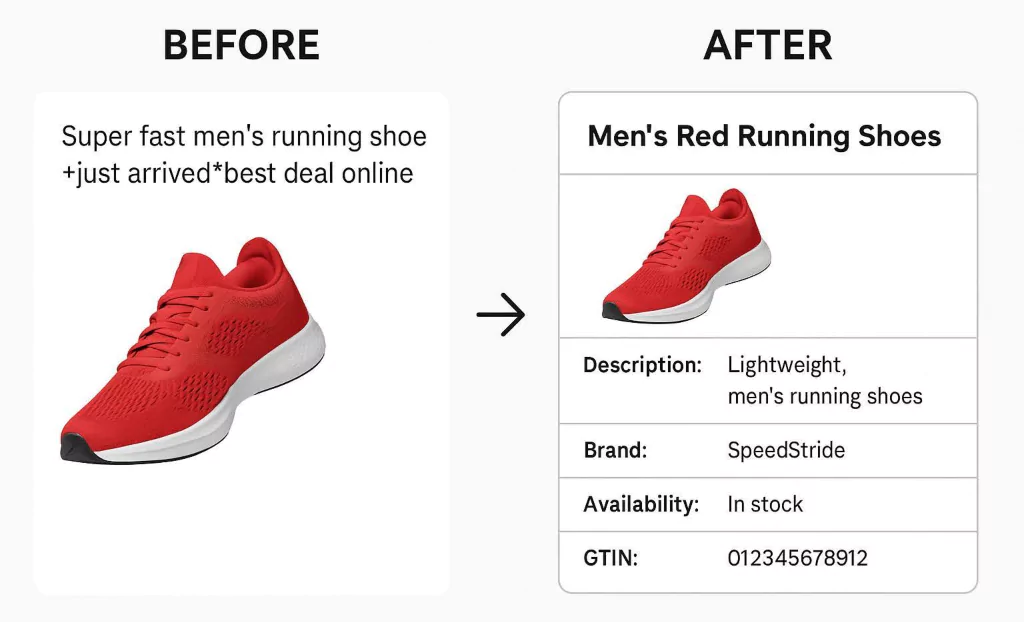
2. Use High-Quality Images That Match the Feed
Ensure your images match what’s in your ecommerce product data feed. Use clean backgrounds, proper angles, and high resolution.
Visual consistency improves click-through rates. In marketplace feed management, image quality can define your product’s appeal.

3. Categorize Your Products According to Platform Standards
Google, Meta, and Amazon all have unique taxonomies. Use their recommended categories.
Correct categorization improves visibility and ad targeting. It's a must for effective product data feed management.
4. Keep Your Product Descriptions Rich and Structured
Descriptions should include essential specs, benefits, and user intent terms. Keep them concise, yet informative.
Feed crawlers rely on these fields to deliver better ad performance. This ties into what is product feed management - it’s all about clarity.
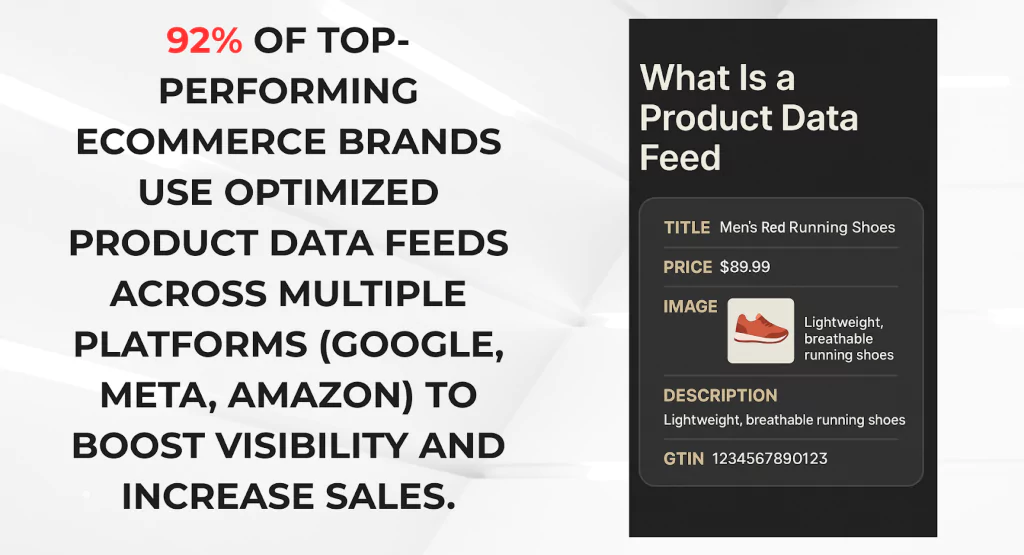
5. Sync Inventory and Pricing in Real-Time
Your ecommerce product data feed should reflect live stock and prices. Use automation tools to maintain accuracy.
Real-time updates prevent disapprovals and customer dissatisfaction. This is essential in shopping feed management today.
6. Use Custom Labels for Segmentation and Campaign Control
Custom labels help group products by margin, seasonality, or performance. They provide segmentation power within your feed.
Smart labeling unlocks advanced campaign strategies. It’s an overlooked gem in ecommerce feed optimization best practices.
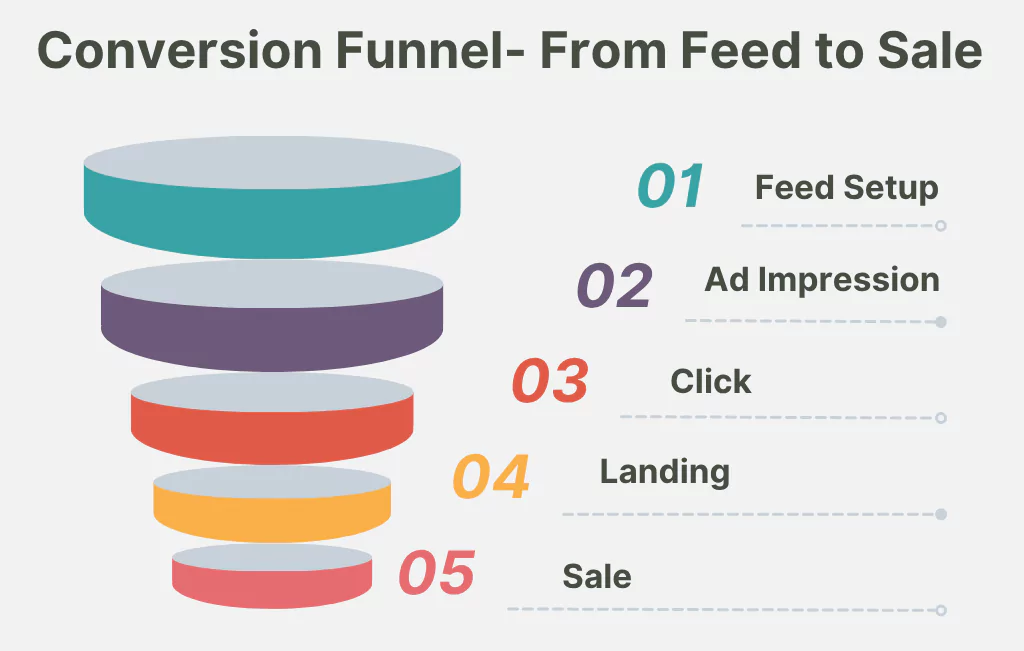
7. Minimize Feed Errors and Disapprovals
Frequent feed errors lower visibility and waste budget. Set alerts to catch mismatches, broken links, or policy violations.
Maintaining a clean feed improves trust and approval rates. That’s why error monitoring is key to product data feed management.
8. Enrich Product Attributes With All Available Fields
Use all optional fields your platform allows. Include color, gender, size, age group, and material when possible.
The more attributes you provide, the better your listings perform. Full attribute usage is a mark of excellent marketplace feed management.
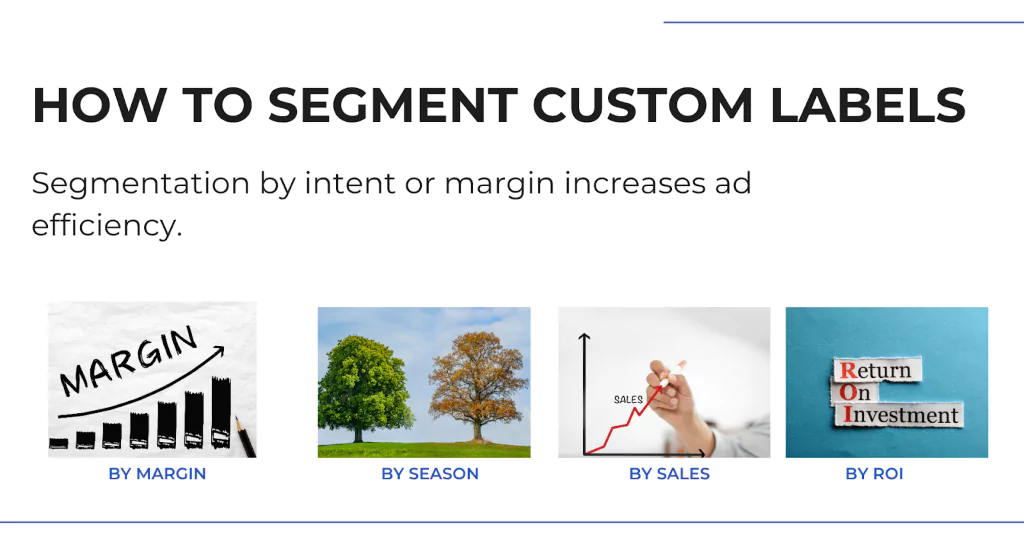
9. Leverage Feed Rules and Automation Tools
Most platforms let you create rules to clean, format, and modify feed data. Use them.
Automation simplifies maintenance, scales efforts, and cuts manual errors. It’s the backbone of future-focused ecommerce feed optimization best practices.
10. Monitor Performance and Continuously A/B Test
Track how changes in titles, images, and descriptions impact results. Test different versions frequently.
Data-driven iteration separates great feeds from average ones. This ongoing loop is vital in shopping feed management.
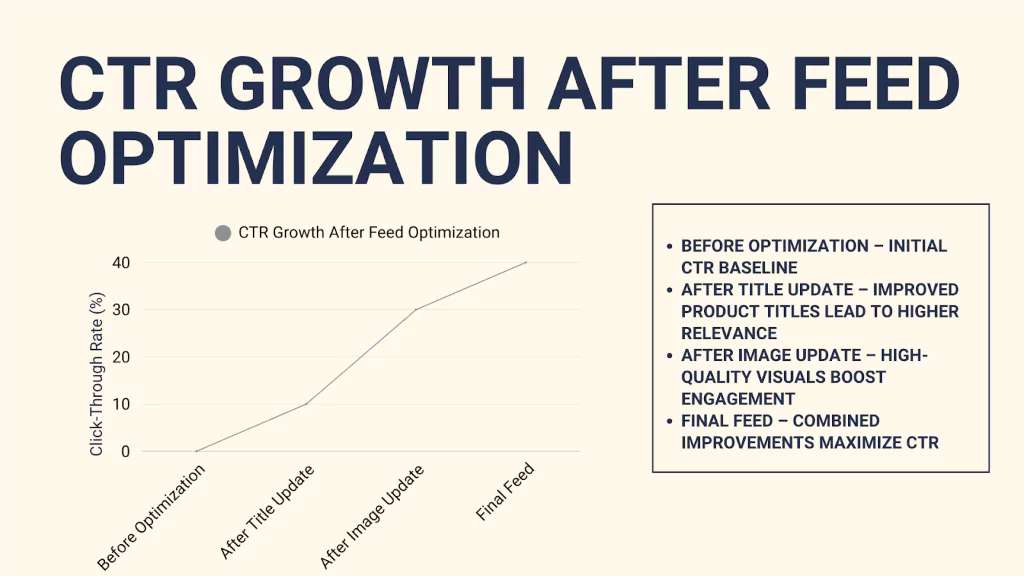
Final Thoughts on Ecommerce Feed Optimization
Mastering ecommerce feed optimization best practices is no longer optional. It’s required to stay visible and competitive in 2025.
From understanding what is product feed management, to executing expert marketplace feed management, success lies in the details.
Refining your ecommerce product data feed consistently builds long-term growth and ad efficiency.
Implement these tactics today - and watch your revenue follow.
🔧 Need Help With Ecommerce Feed Management?
Our team at Dominate SEO specializes in feed optimization for eCommerce brands.
Whether you're launching on new marketplaces or scaling existing ones - we’re ready.
Contact us now to take your product data feed to the next level.
🤔 FAQ
Q1: What is product feed management?
A: It's the process of organizing and optimizing product data across platforms.
Q2: Why is feed optimization important for ecommerce?
A: It improves ad performance, accuracy, and sales across channels.
Q3: How often should I update my product feed?
A: Ideally, in real time. At minimum, once daily.
Q4: What platforms use ecommerce product data feeds?
A: Google Shopping, Facebook, Amazon, TikTok, Walmart, and others.
Q5: Can automation help with feed management?
A: Absolutely. Automation tools reduce errors and save time.
Q6: What happens if my feed has errors?
A: Products may be disapproved or hidden from ads entirely.
Q7: Should I use custom labels in my feed?
A: Yes. They help with segmentation and campaign control.
Q8: How do I optimize titles in my product feed?
A: Include relevant keywords, brand, and attributes early.
Q9: What’s the difference between product data feed and a catalog?
A: A catalog is visual; a feed is structured data used in ads.
Q10: Can you manage multiple feeds across marketplaces?
A: Yes. With the right tools, you can centralize and scale efficiently.

A professional journalist, entrepreneur, and marketer deeply passionate about content creation and the art of driving traffic. Every campaign is a story, and every click - a connection.

